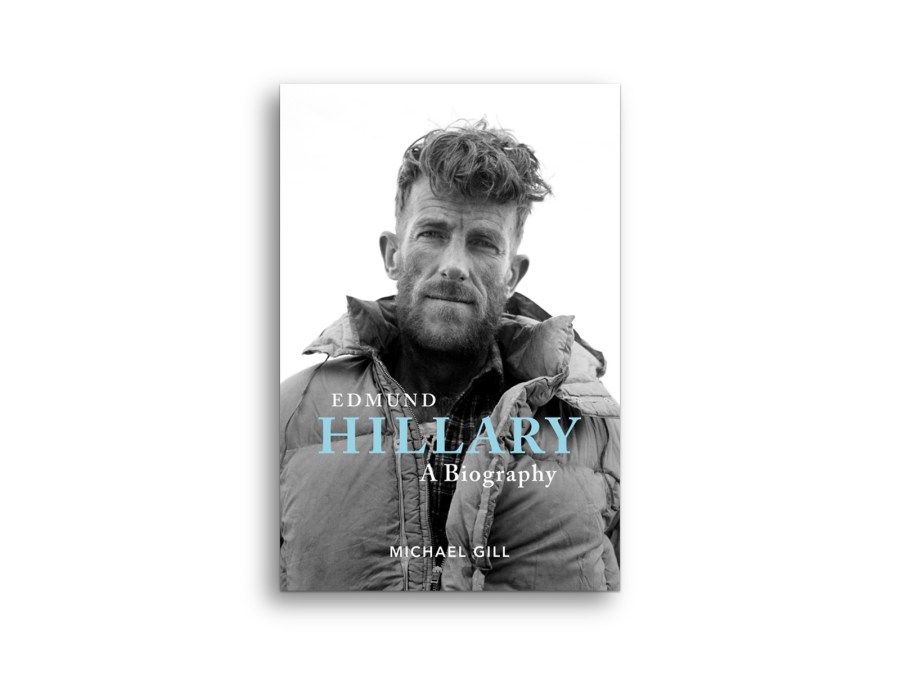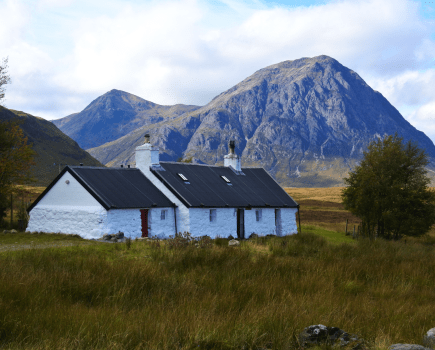Noel Dawson reviews a biography of a man who is much more than just his Everest accomplishment
In Edmund Hillary – A Biography, Michael Gill tells the extraordinary life story of one of New Zealand’s greatest heroes, the man who was first to reach the summit of Everest, and who then spent so many years of his life giving back to the people of Nepal, a people he came to greatly respect and admire. Ed saw so much desperate need in Nepal. He could not simply walk away.
Edmund Hillary was born in 1919 and viewed high mountains for the first time as a young man. In 1951, he joined Eric Shipton in the Himalayas. He returned in 1952 and again in 1953 when, with Sherpa Tensing Norgay, he stood on the roof of the world. Ed became an instant hero. Everest changed his life.
Michael Gill writes how Nepal became a second home for Ed. He quickly became a good friend to many Sherpas. In 1961, he was asked by the village elders of Khumjung to build a school. It was a great success and soon other villages asked for help to build schools as they became more aware of how education could change the lives of their children. Ed also saw the need for clean water to be available and for health centres to deal with the medical issues of the people of Nepal.
Burra Sahib, as Ed was known to the Sherpas, was a big man with a huge vision of what could be achieved. Slowly but surely many listened and Ed’s work gained momentum. Michael reflects how important it was to Ed that the local people shared responsibility for, and ownership of, all the projects.
The reader learns much about Ed’s family life in the book. Ed married Louise and they had three children, Peter, Sarah and Belinda. Ed was so proud when they were able to share in his work in the Himalayas but, when travelling to meet Ed in Phaplu, Louise and Belinda were killed in an air crash. Life continued but “… beneath a thinly veiled cloud of grief”.
Michael Gill’s biography of Ed is a long book but it is a comfortable read which flows easily with just the right amount of detail. Of course, there have been numerous books about Ed, and many of the stories in this text are familiar including descriptions of Cho Oyu in 1952, Everest in 1953, the Trans Antarctic Expedition during 1957-58 and the Silver Hut Expedition during 1960-61. Michael comprehensively develops these accounts in his narrative with extensive use of the Hillary archives and with extracts from letters written between Ed and his wife Louise. These often record a very personal insight into so many of Ed’s adventures. At times it is easy to imagine, and to share in, Michael’s surprise and excitement as he was able to view, for the first time, letters with stories ranging from observations of ordinary, everyday life to intense conversations describing meeting and travelling with great men.
Edmund Hillary – A Biography is a meticulously researched and well-written book. The strength of a biography, as opposed to an autobiography, is that it often allows the writer to tell of great people as they are seen by their family, friends and peers. Michael has very successfully recorded how Ed was seen as such a determined and remarkable man. He has presented a heartfelt tribute to a dear friend who inspired and changed the lives of so many. Edmund Hillary died in 2008. Michael’s wonderful book leaves the reader in no doubt that the close-knit community of exploration had lost a famous pioneer and that the world had lost a great man.
Edmund Hillary – A Biographyby Michael Gillis published by Vertebrate Publishing (£24)








